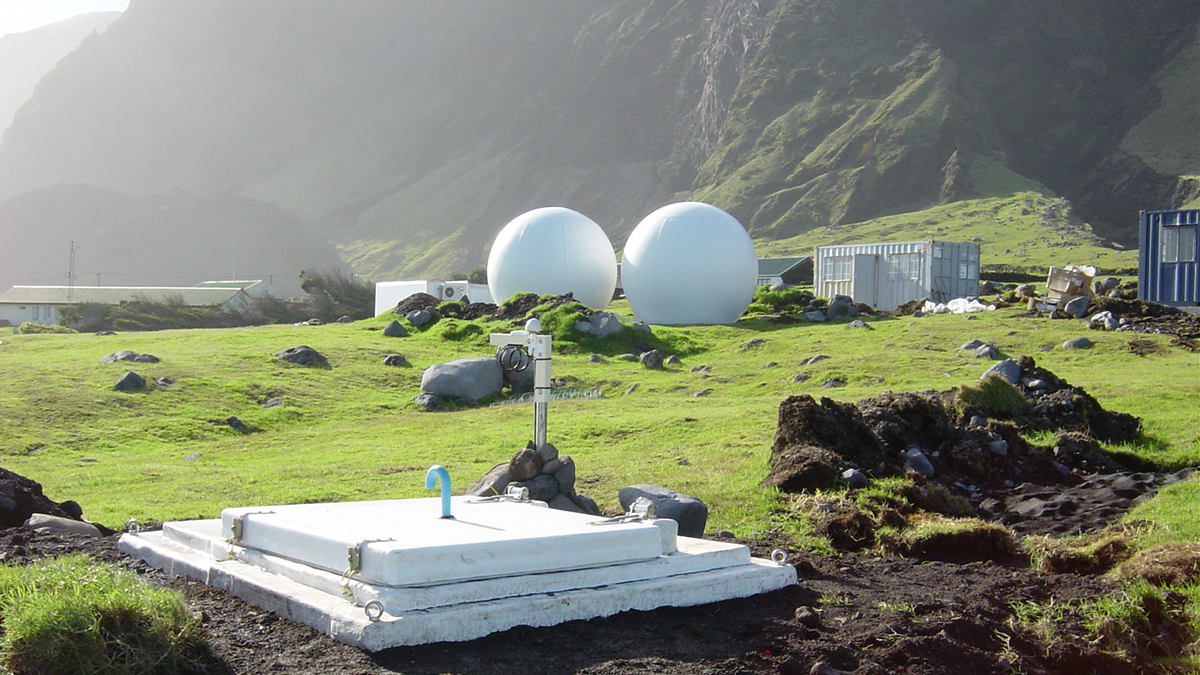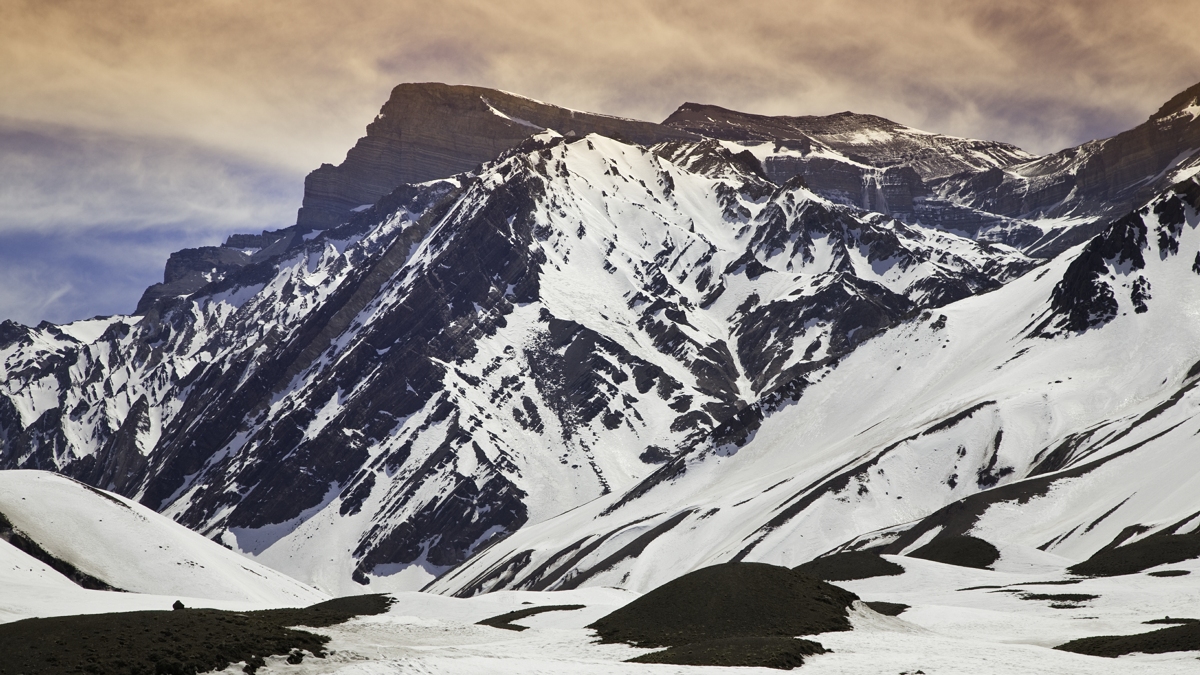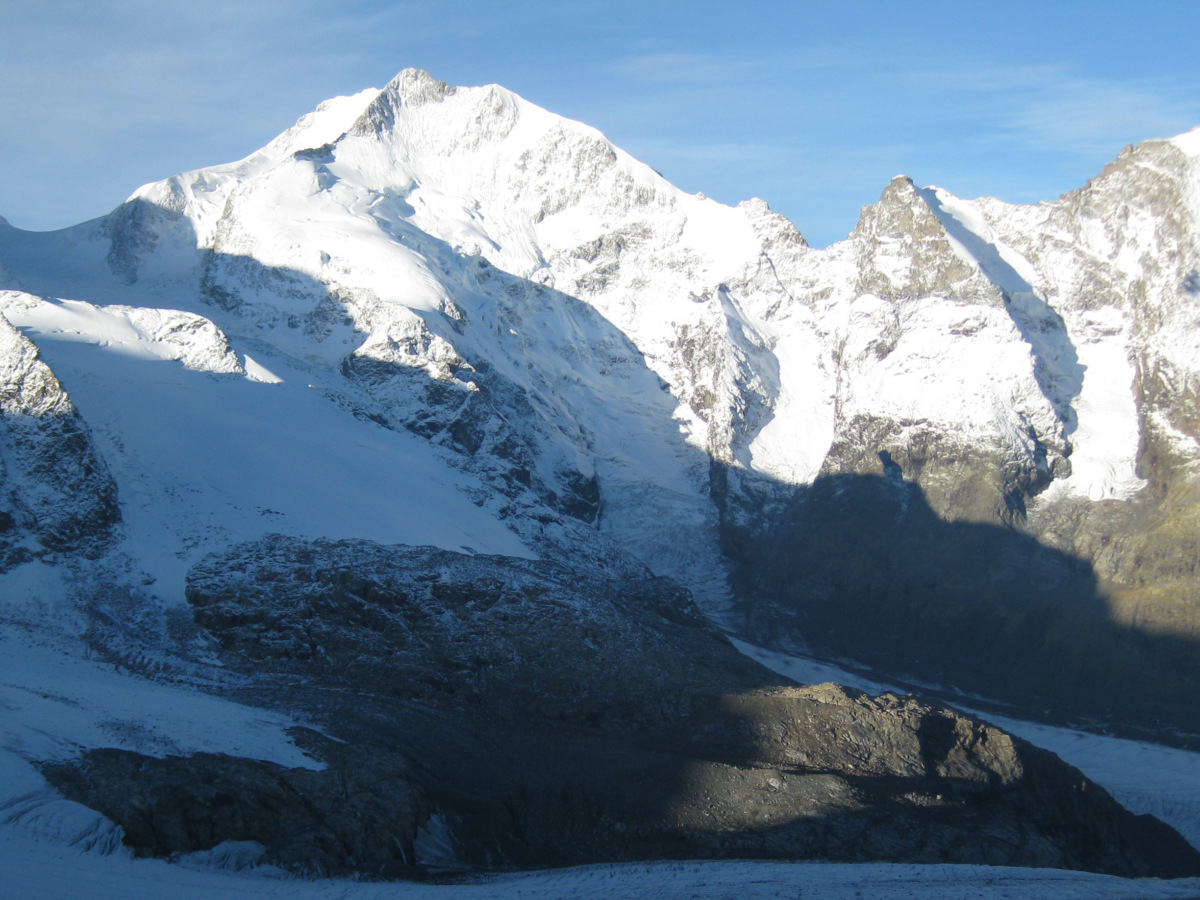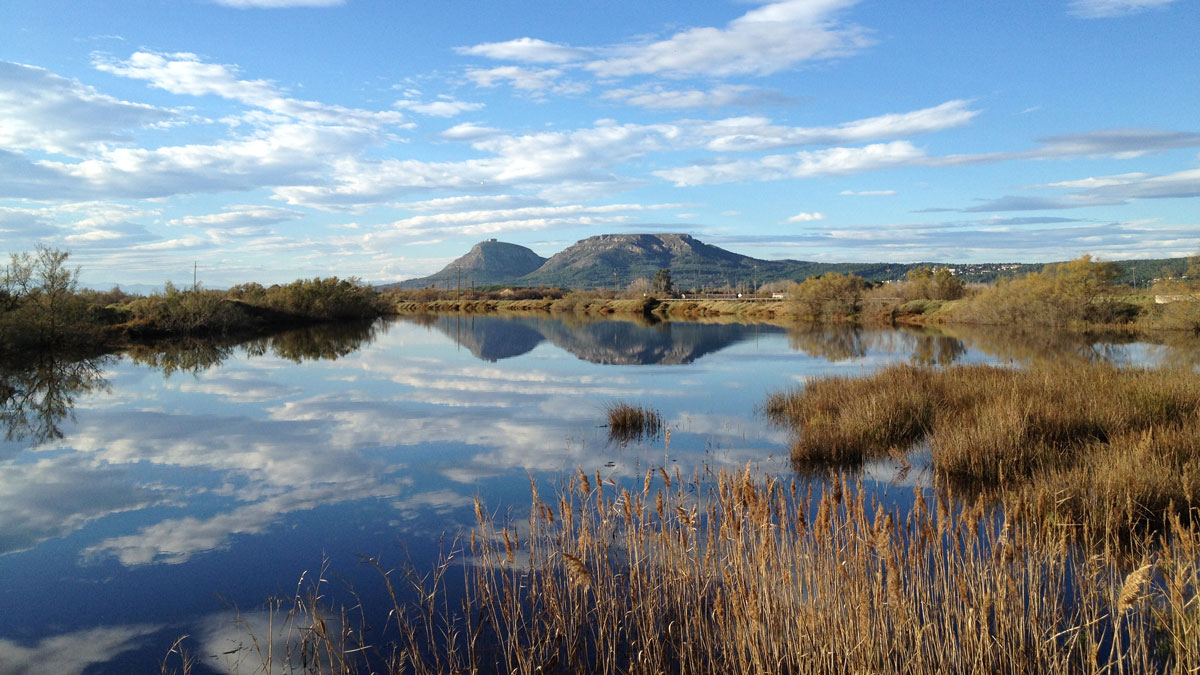Understanding and predicting the geomorphological response of fluvial and tidal channels to bank retreat underpins the robust management of water courses and the protection of wetlands.
Reviews of Geophysics
Global Seismic Networks: Recording the Heartbeat of the Earth
Global broadband seismographic networks have provided the science community with 30 years of data which is being used to understand the Earth.
Old Igneous Rocks Hold the Key to Crustal Thickness Evolution
The chemical composition of orogenic igneous rocks and their zircons is sensitive to crustal thickness and can be used to quantify the evolution of Moho depths beneath continents back in time.
Modeling the Ice Flow and Evolution of Glaciers
Glaciers are crucial water resources and important sea level contributors. To accurately model glacier evolution, their mass balance and ice flow processes must be accounted for.
Eastern Mediterranean and Middle East Face Rapid Climate Change
Observational and modeling studies identify the Eastern Mediterranean and Middle East as a prominent climate change hotspot associated with weather extremes that have major impacts on society.
Toxic “Forever Chemicals” Accumulate Above the Water Table
PFAS pose a public health risk, but there are major gaps in our knowledge of how these chemicals move through the ground.
Mysteries of the Global Carbon Cycle
Less than half of the anthropogenic carbon dioxide remains in the atmosphere to drive climate change. The rest is being removed by mysterious processes in the land, biosphere, and ocean.
The Big Data Revolution Unlocks New Opportunities for Seismology
The field of seismology is entering a new era where our understanding of earthquakes and the solid earth is increasingly driven by new Big Data experiments and algorithms.
The Kinetics of the Seismic Cycle
Large earthquakes are necessarily punctuated by some degree of strength recovery, such as “fault healing”, but does quartz cementation during fluid-fault interactions facilitate that process?
Mountains Undergo Enhanced Impacts of Climate Change
As climate change persists, amplified temperature increases in mountains and changes in precipitation will diminish snow and ice.










